The fall equinox arrives and the harvest is in full swing. For many years I cultivated a vegetable garden and this was the busiest season, putting by the fruits of my labor: gathering, garbling, stringing, pressing, pickling, freezing, drying. Now I harvest words and preserve sentences, but from time to time I slip over to my little kitchen and put by some medicine from the green world.
Our ancestors observed the magic of these hinge times in earth and sky by the monuments they built of stone, aligned with the mysteries of the planets and stars. I bring this magic down to earth with prosaic pottering in the kitchen. In another life I would be an herbalist with shelves like the one above, carefully organized by name and labeled in a fine calligraphic hand. I practice many crafts: the craft of writing, the craft of calligraphy, the craft of herbwifery, as well as bits of spell work and moon magic. They are all of a piece.
So I share with you this photo of the herb shelves at the wonderful Star Child shop in Glastonbury, taken on my trip there last summer, in which I am pleased to see a jar of my favorite golden herb calendula, which I call by her oldest name in English, marigold.
I have always taken every turn of the Wheel of the Year as a tide: the run-up, the day itself, and the lingering-on. This year my newsletter comes to you at equilux rather than equinox. Equinox means equal night; equilux means equal light, a somewhat different measurement that puts that exact balance of light and dark a few days before or after the traditional equinox.
In the Journal
Concocting Marigold Medicine at Equinox Time
My harvest in the garden this September has been the humble calendula. For centuries she was known among herbalists as marigold or pot marigold, a charming homage to the Great Mother of Christianity, pairing her with that most precious of metals. In the oldest herbals she is referred to in the plural simply as Goldes.
Marigold has a long history as medicine going back to Roman times. In the mid-12th century the flower was recorded in Macer’s Herbal as being a cure for inappropriate lust, anxiety about gossip, or defense against thieves. It must be remembered that in those days medicine was mixed with magic, and an amulet to wear around the neck might be made with marigold petals combined with laurel leaves and wrapped around a wolf’s tooth, having been gathered when the moon and Jupiter were in the right phases and the harvester had recited the proper number of pater nosters and aves. Flowers were also cultivated for cookery in such archaic foods as pottages and possets as well as puddings and porridges, the petals so common as a culinary ingredient they were often stored in big barrels.The page below is from Gerard's Herbal, published in 1597, and shows the rarer double marigold, which I only see once in a great while. The modern scientific community has taken respectful notice of this plant's beneficial properties, but old wives just smile, having known it for a long time without their help.
A Good Book, or Three
Medicinal herbs have been healing for my spirit and heart most of my life. Having my fingers in the dirt is good medicine in itself, and a bonny book about my green friends brings me the greatest pleasure. For this month’s post, I consulted a few of my favorites, including these:
Herbs, an Eyewitness Handbook
For stunning photography and immaculate page design, there’s nothing more appealing than the Eyewitness series of books published by Dorling Kindersly (here is another). This handbook of herbs by Lesley Bremness, published in 1994, is always a pleasure to look at and lists calendula alphabetically on the same page as another medicine plant I have also long admired, cannabis.
The Illustrated Herbal
My love of herbals goes deep. About 25 years ago I thought I might create my own herbal, written in fine calligraphy and illustrated with plant prints. I still have some of those pages, but I never bound them because I realized I did not have the skill to make a book. Next thing I knew I was off on my artist book journey, and I never got back to my herbal. But I have a special fondness for the earliest herbals and had a good time exploring them for my artist book project, Five Medieval Childbirth Charms, which I wrote about in depth when I made them.
This particular book, The Illustrated Herbal, has been a longtime favorite. By Wilfrid Blunt and Sandra Raphael and originally published by Thames and Hudson in 1979, this is the revised edition from 1994. A generous picture book with plenty of color plates, the page of the double marigolds shown in my journal post about marigolds is from this book.
Flower Chronicles
This lovely book by Buckner Hollingsworth, published in 1958 by Rutgers University Press, has pages with the delicious old cottony feel of proper book pages and a well-stitched binding (which much to my sorrow the beautiful book above does not have, sounding the telltale crack to warn me against opening it fully flat lest the pages fall out from the “perfect” binding, which is merely glued).
Apart from the wealth of stories and history Flower Chronicles also includes an impressive bibliography full of many more books that would be delightful to discover.
Find out more about the author and other “Lost Ladies of Garden Writing” at Carol Michel’s Substack. She, like me, continues to maintain her own website where her latest blog post thoughtfully explores the perils of the green arsenic used in vintage bookbinding.
Resources
This song was often floating in the air over the last month, a great favorite of some visiting beloveds. It wasn’t long before I realized it was just the lyric for the work I was doing in my little kitchen, for as Paul Simon sings, “Medicine is magical and magical is art ...” Enjoy!
News, or Not
I had hoped to have my book rewrite finished by the fall equinox but life intervened. I’m very close though. As I approach the final pages and ponder how to stick the landing, it’s good to take some moments away to write something light and bright. It’s a pleasure to write here for a breather, and therefore medicine of its own.
Perhaps I will figure out my brilliant finish by Samhain when I will be celebrating my ancestors at my hearth, they who inspired this book to begin with.
Prose and Letters is a free publication for the foreseeable future. Subscribe to receive news from my writing desk and drawing table at each of the eight turns of The Wheel of the Year. My posts are always archived in full at my home place on the web.
Thank you for reading!


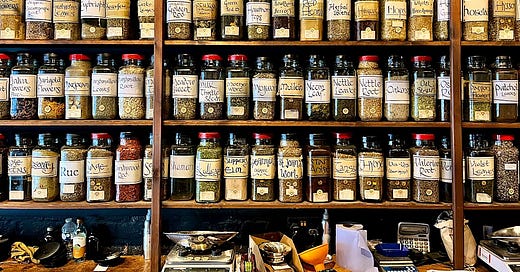



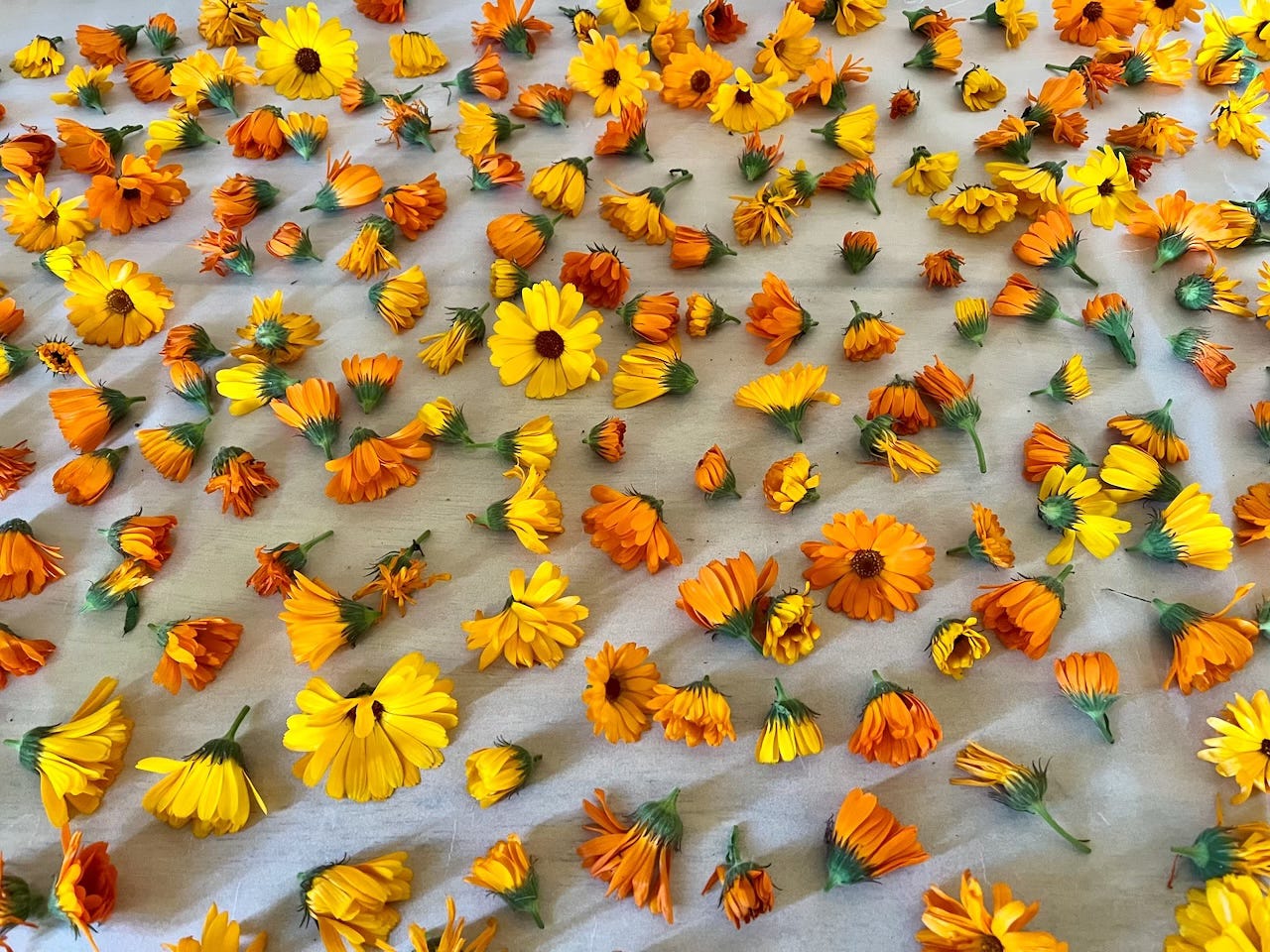

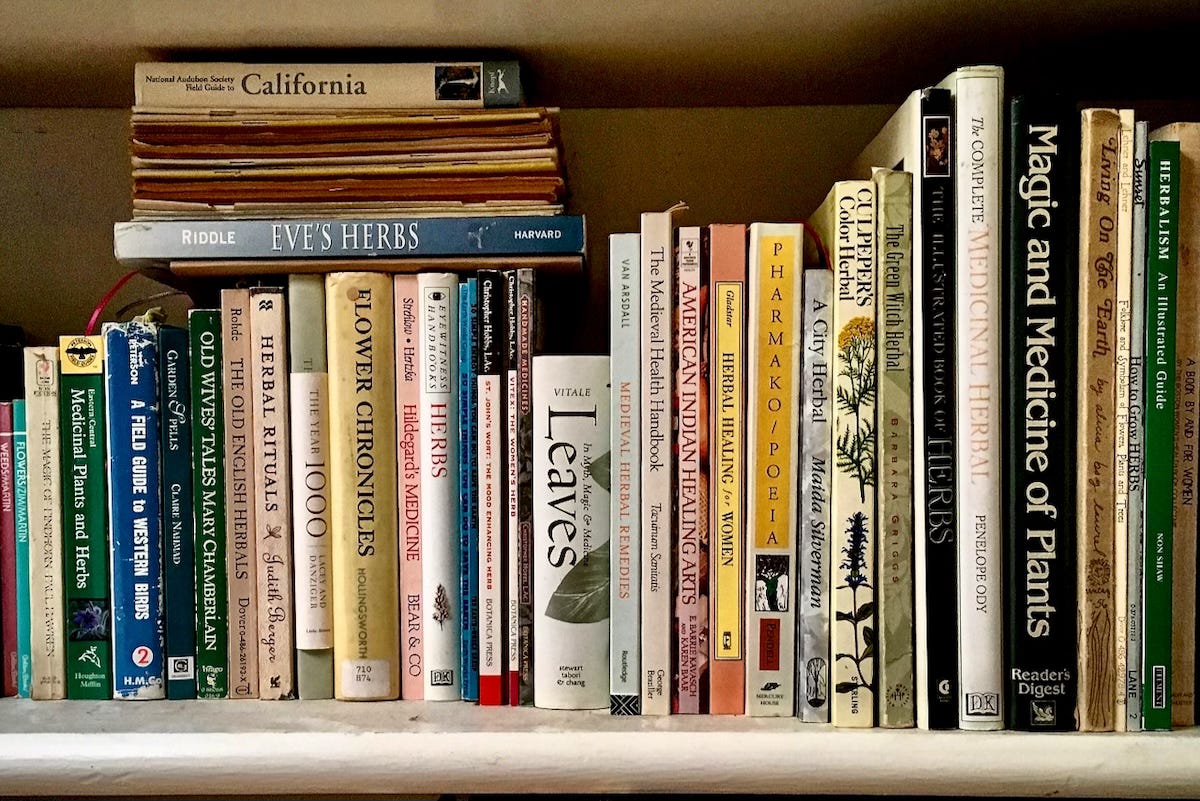
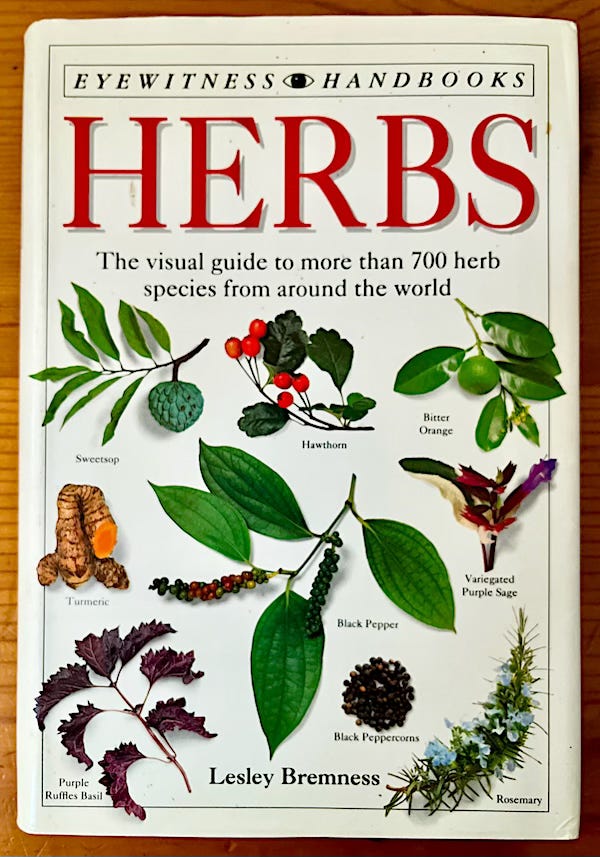
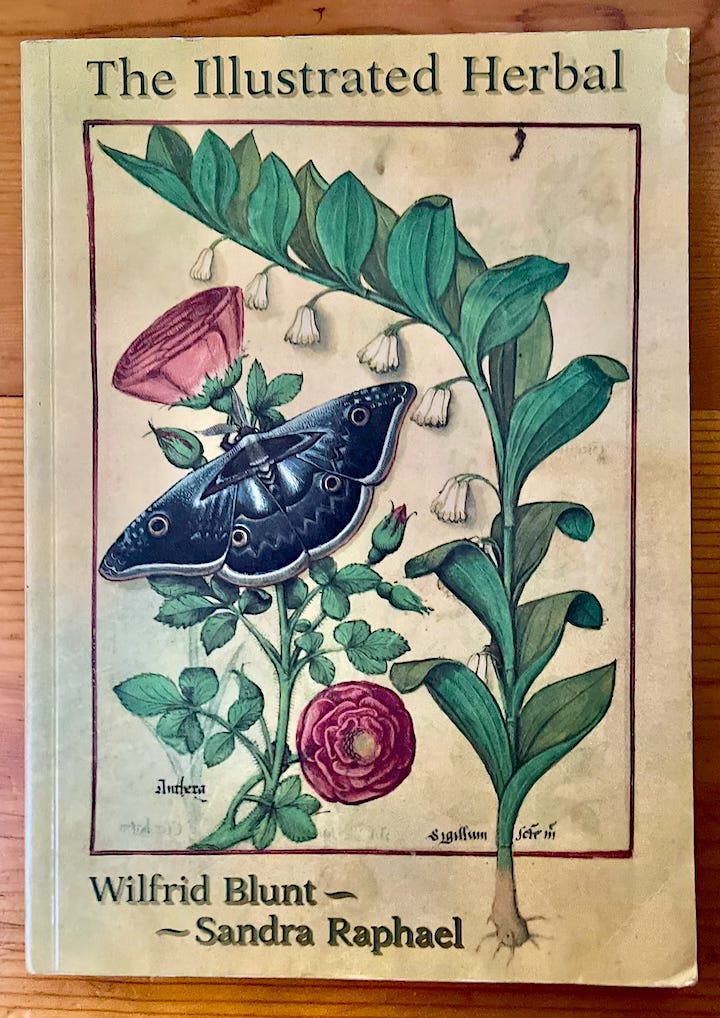
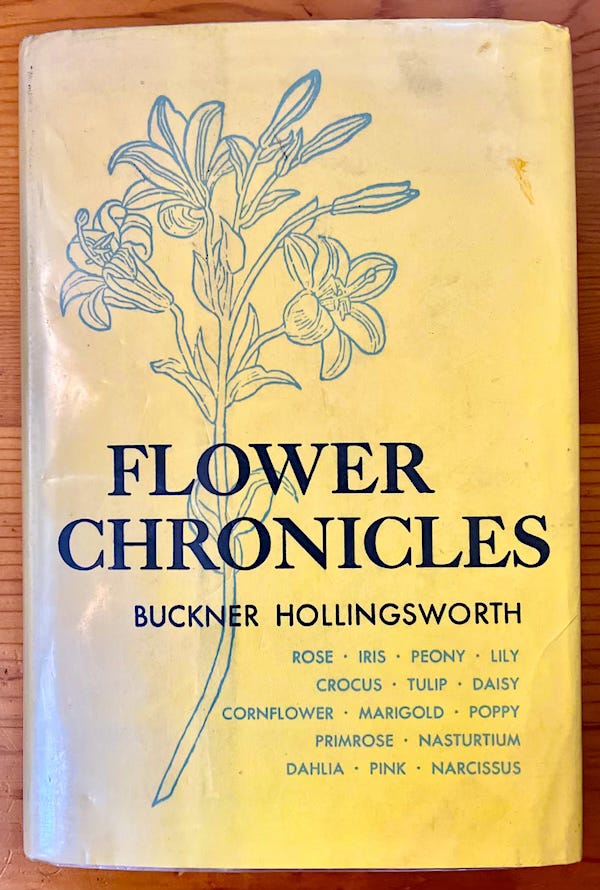



Lovely!